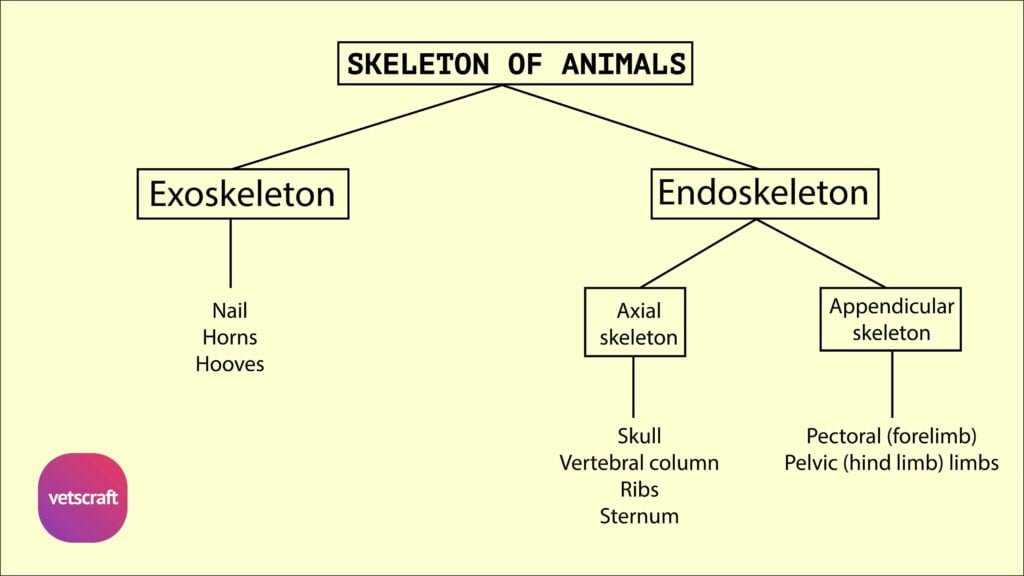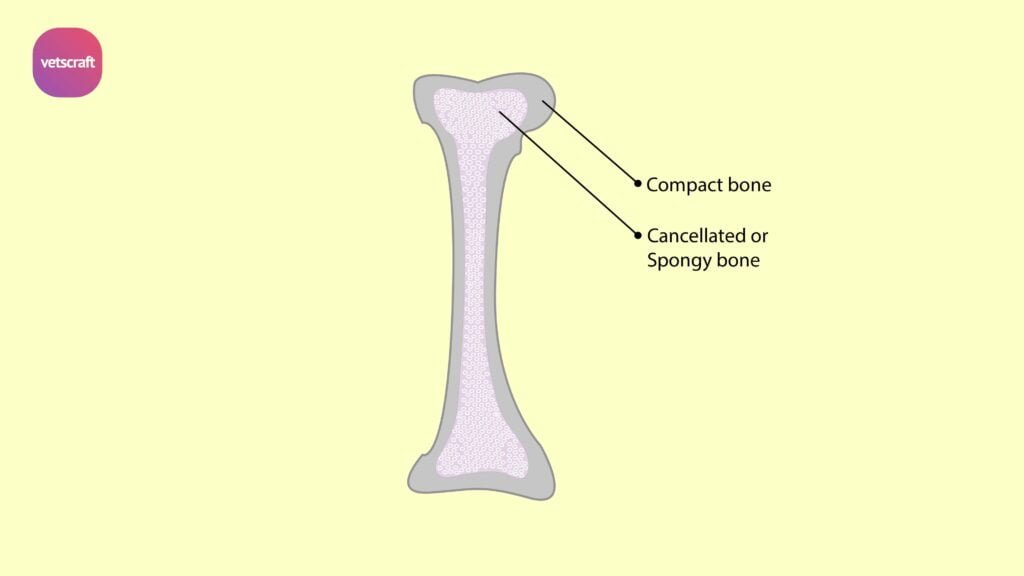Wall of the uterus is madeup of a mucosa, muscularis and serosa.
Muscosa or Endometrium: bears a columnar epithelium. The cells are secretory in type. Lamina propria contains uterine glands. These glands are simple branched tubular glands which are coiled towards their ends. The connective tissue stroma resembling mesenchyme or embryonal connective tissue surrounds the glands. Epithelium of the glands is simple columnar which are sometimes ciliated.
Submucosa: It is absent.
Muscularis or myometrium: consists of three layers of plain muscle fibres – an inner longitudinal, a middle circular and a thin outer layer composed of both longitudinal and circular fibres. The middle circular layer is thickest and forms the bulk of the muscular coat. Between the middle and outer layers is layers is layer of connective tissue stratum vasulare containing numerous blood vessels.
Serosa or Perimetrium: is continuous with the broad ligament and has the structure of mesothelium.
The uterus undergoes considerable structural changes during the various stages of oestrus cycle and during pregnancy. The cyclical changes consists of congestion, edema and proliferation of glandular epithelium during pro-oestrus and oestrus, followed by the secretory phase, when glands develop to the maximum become highly coiled and with high columnar cells (during metoestrus and early diestrus). In the absence of fertilization and Pregnancy, regressive changes appears in the mucosa accompanied by hemorrhage (menstruation) occurring in woman, is not characteristic in animals.
During pregnancy, the endometrium undergoes considerable alterations and contributes to the formation of placenta. The myometrium also shows pronounced hypertrophy and hyperplasia of the muscle fibres.
Species differences
The endometrium is line by stratified epithelium in ruminants and sow. The uterine glands in carnivores show least branching and coiling. In the mare they are highly coiled and branched and in the ruminants and sow, they are much wider superficially and in the deeper portion they are narrow, strongly coiled and branched.
In the ruminants, the mucosa bears non-glandular projections, the caruncles which are small prominences in non-pregnant animals but develop into large, complex structures in pregnant animals. They consist of highly cellular connective tissue covered by epithelium. The uterine glands open on the intercaruncular mucosa.

